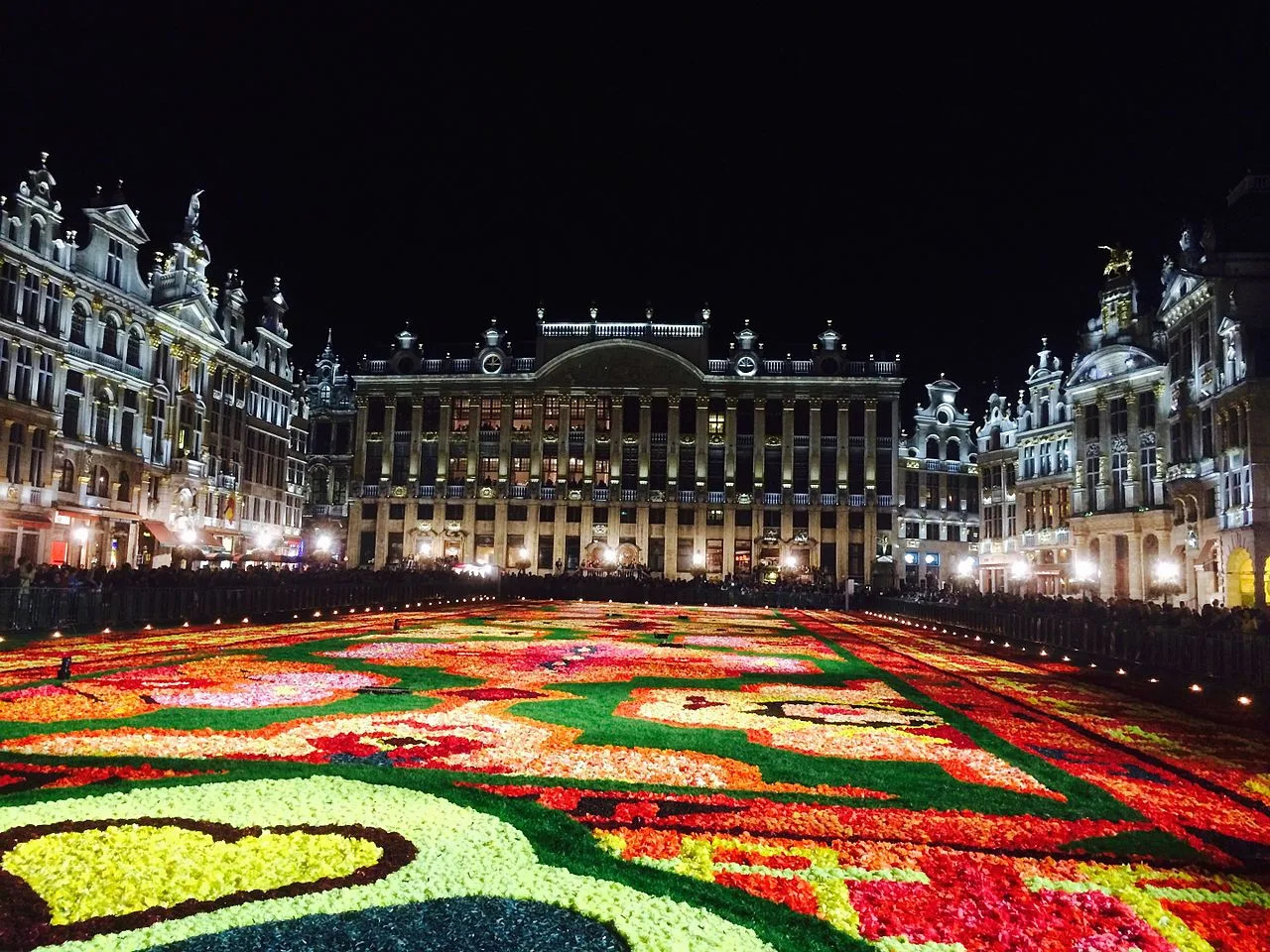Did you know that one of the most amazing squares in Europe can be found in Belgium’s capital?
In this post, you’ll discover the ultimate list of interesting facts about the Grand Place in Brussels, one of the most amazing public spaces in the world!
1. It’s located in the heart of Brussels
The Grand Place is really the central square of Brussels, the capital of Belgium. It’s located right in the heart of the historical center and just south of the historical fort that was built on Saint-Géry Island in the 10th century.
The central railway station of Brussels is located just a few hundred meters to the east of the square. This makes one of the most popular landmarks in the city easily accessible as well.
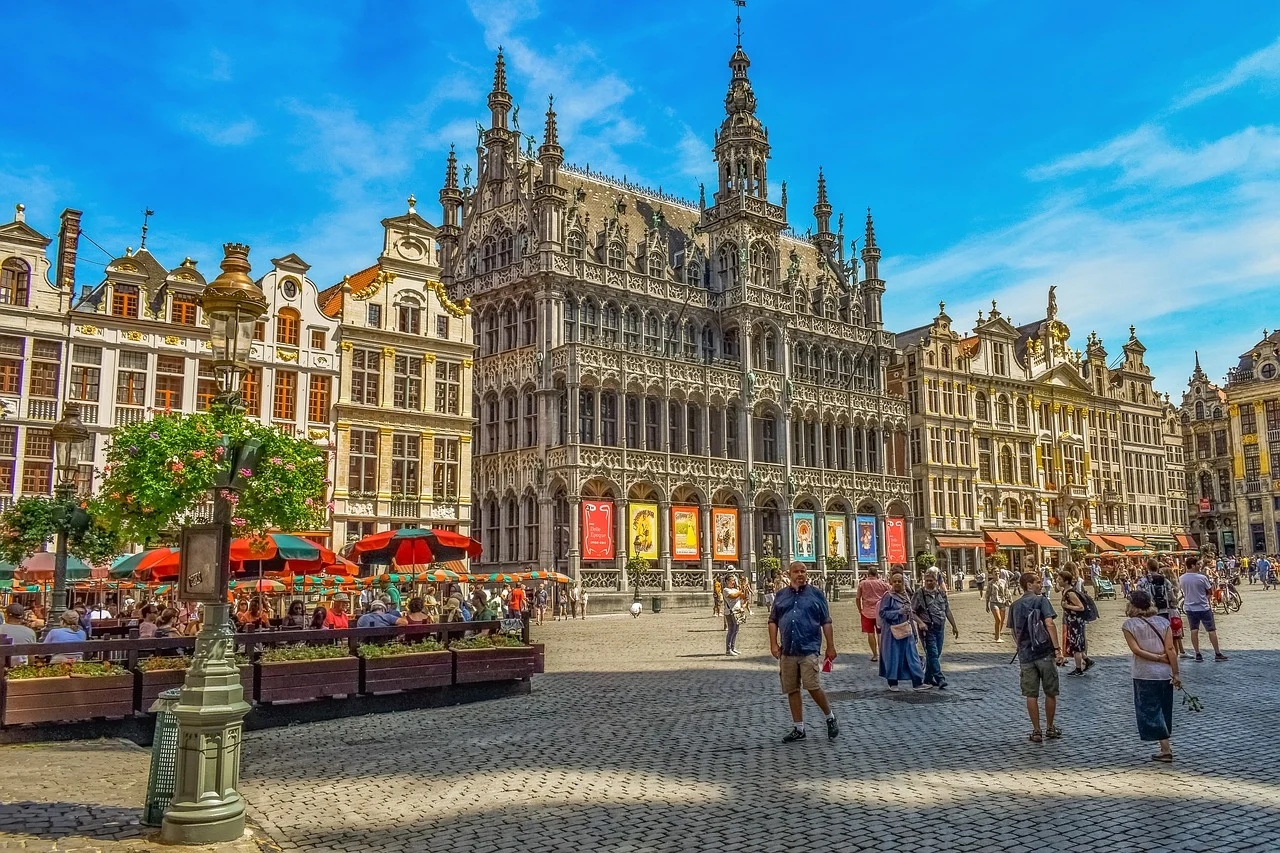
2. The history of the Grand Place dates back to the 11th century
Brussels was founded in a swampy area, which is the reason why it was called “Bruocsella” or “Broekzele,” which translates to “settlement in the marsh.”
The fort was constructed by Charles, Duke of Lower Lorraine, in the late 10th century. A century later, an open-air marketplace was set up on the exact spot where the Grand Place is now located. This was one of the areas where the marsh had dried up which made the location suitable for this purpose.
It wasn’t until the beginning of the 13th century, though, that 3 structures were set up on the northern edge of the square. Each of these wooden buildings served its own purpose, the meat market, a bread market, and a cloth market.
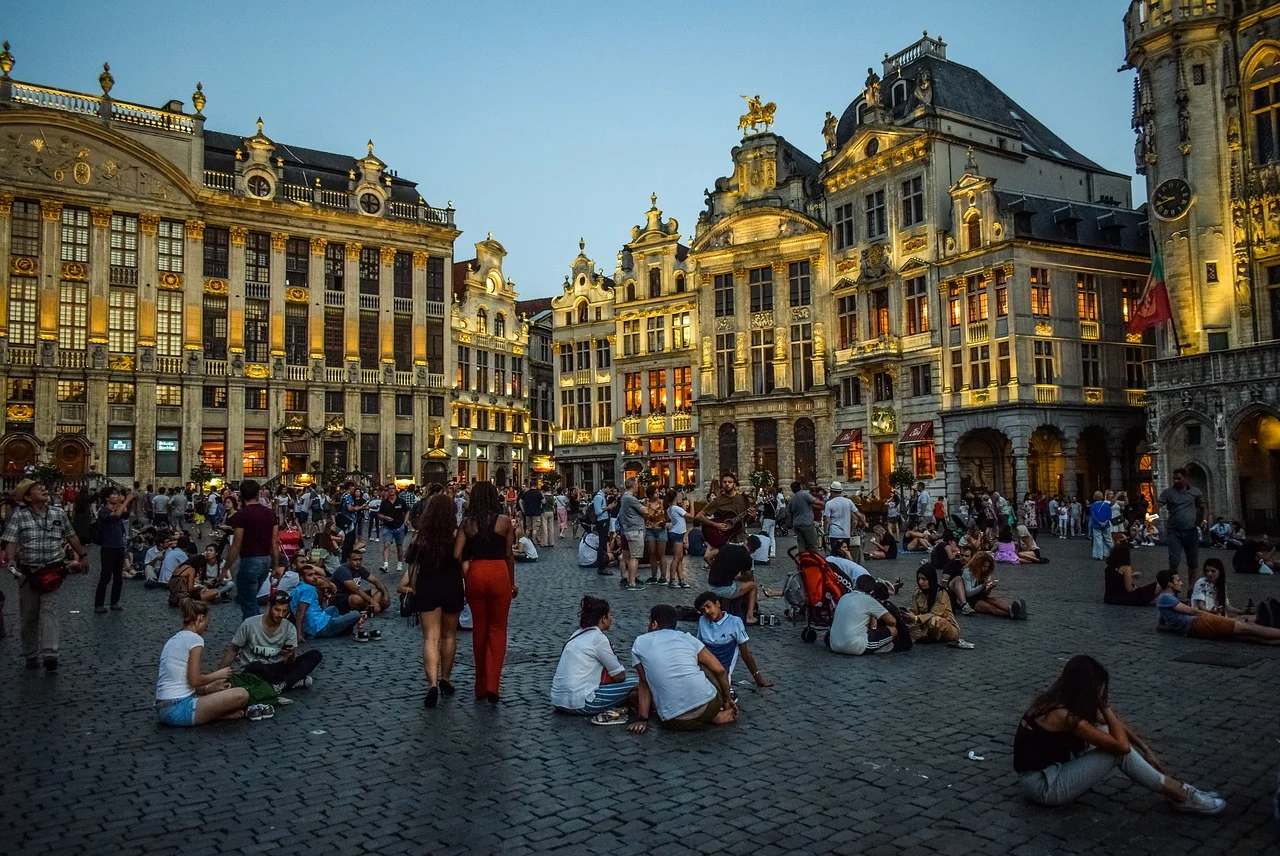
3. The Brussels City Museum is located in one of the large buildings
One of the most prominent buildings on the square is still referred to by its old name in Dutch, namely the “Bread house.” This original 12th-century wooden structure was replaced by a stone building in the 15th century.
This stone building was then used as an administrative office by the Duke of Brabant, who went on the become the King of Spain. That’s why this building was originally referred to as the “Duke’s House” and now as the “King’s House” in English.

The original 15th-century building has been destroyed and was rebuilt in the Gothic Revival style in the year 1878. This magnificent structure has been the home of the Brussels City Museum since 1887. This museum is dedicated to the entire history of the city.
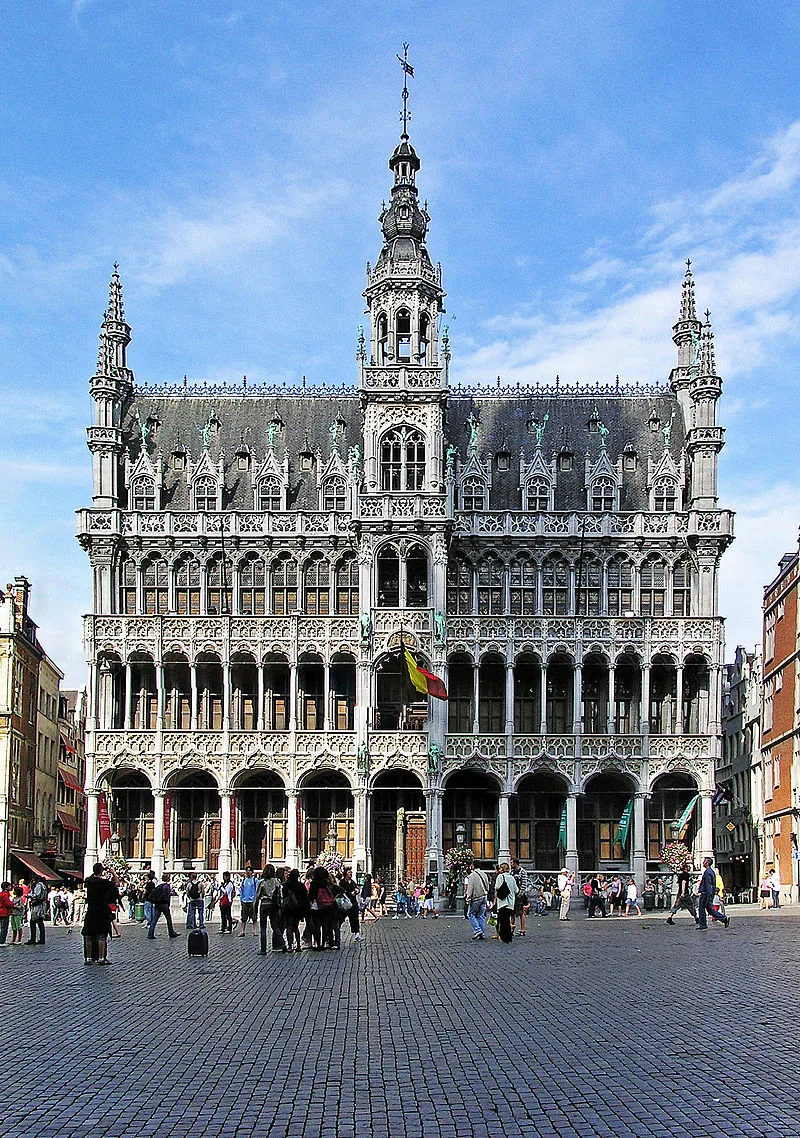
4. The city’s marvelous town hall is also located on the square
The other fascinating building is the Town Hall of Brussels, which is located on the opposite side of the King’s House on the south side of the square.
One of the most remarkable facts about the Grand Place in Brussels is that it’s the only original structure on the square. This original building was constructed between 1401 and 1455, making it the only medieval building on the Grand Place.
The Town Hall is asymmetrical, most probably because of a lack of space. A legend was originally told around the campfire that the (unknown) architect jumped from the tower after discovering his error.
The imposing tower stands 96 meters (315 feet) tall and was constructed in the distinctive Brabantine Gothic style. It’s topped with a 5-meter-tall (16 ft) gilt statue which depicts Saint Michael, the patron saint of the city of Brussels.
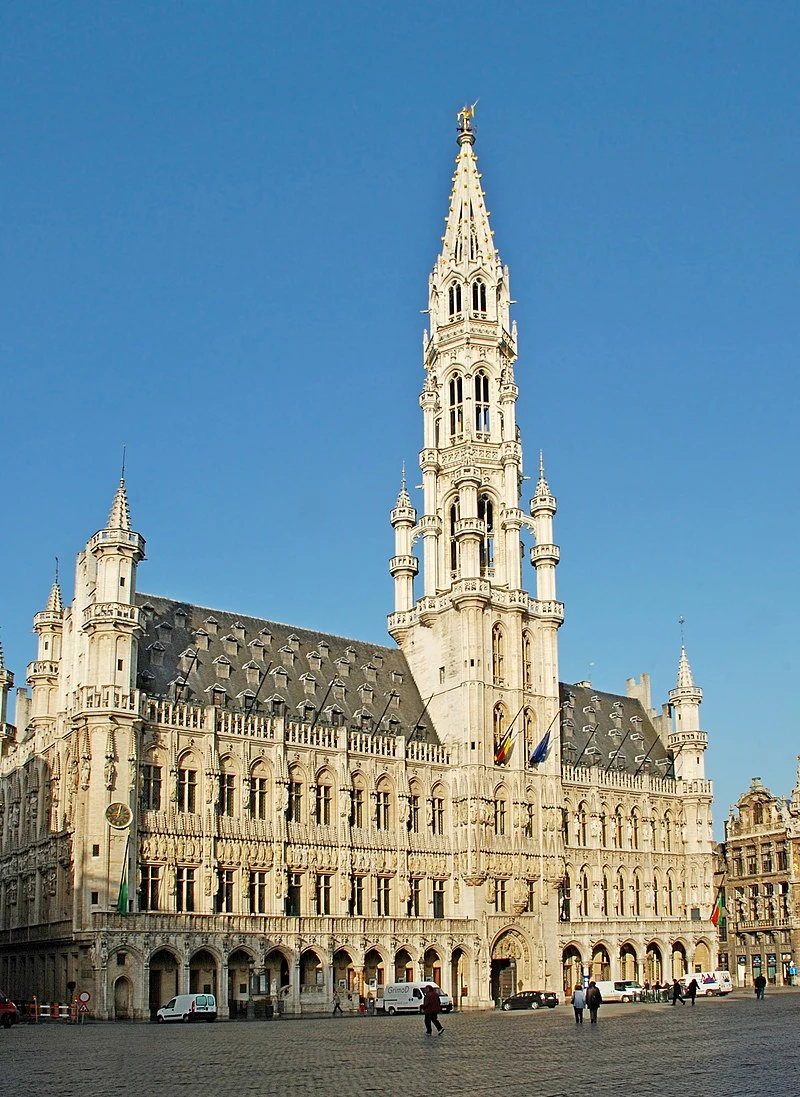
5. The Grand Place was destroyed in the late 17th century
The reason why the King’s Hall had to be rebuilt is that it was destroyed by a bombardment in the late 17th century. This assault on the city, which happened on August 13, 14, and 15 of the year 1695, was launched by a French army consisting of 70,000 soldiers.
Why did King Louis XIV of France give this command? Because he wanted the siege in Namur, a city south of Brussels, conducted by an anti-France coalition to end.
Cannons and mortars bombed the city for 48 hours and destroyed about 1/3 of the city, including Grand Place. The effort was eventually in vain and didn’t create the intended result.

6. All sides of the square feature richly decorated guild houses
Following the Bombardment of 1695, the Grand Place was on fire and just about all the buildings were destroyed. The only building still standing was the Town Hall, which is quite ironic because the French purposely aimed at this particular building and especially its tower!
All the other buildings, which consisted of guild houses and a few private residences, were destroyed as well. This means that all the buildings which face Grand Place today were built shortly after the Bombardment of Brussels in 1695!
These buildings are world-famous and feature richly decorated façades that feature multiple styles, Predominantly Gothic and Italian Baroque. These buildings turn Grand Place into one of the most charming squares in the world!
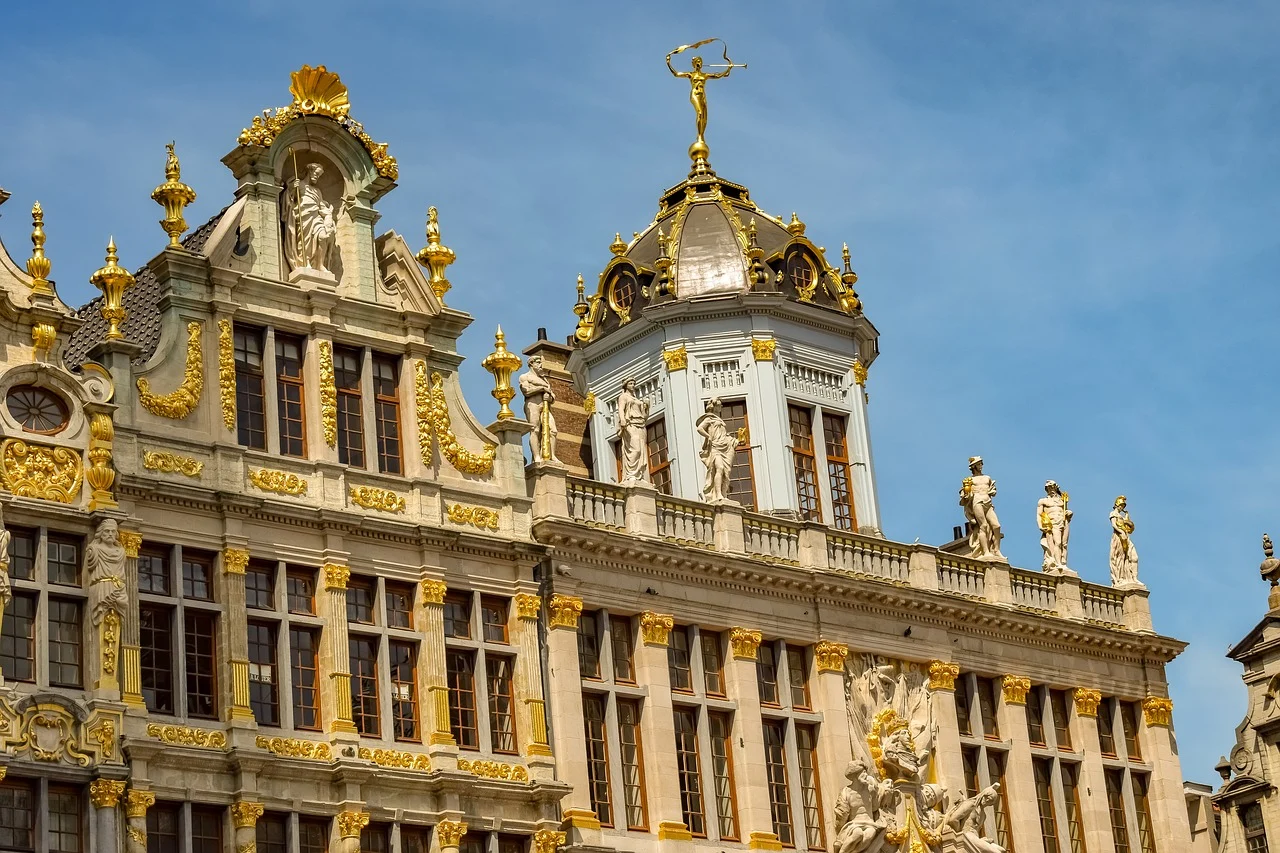
7. The buildings were partially destroyed again a century later
The French Revolution started in 1789 and ignited a major revolution in Belgium as well, referred to as the “Brabant Revolution” or sometimes even the “Belgian Revolution.” This briefly resulted in the overthrow of the Habsburg rule, even though Belgium only officially became a country in 1830.
During this year-long revolution, the revolutionaries rampaged the square’s buildings and destroyed a lot of them yet again, mainly targeting statues of nobility and Christian symbols.
It wasn’t until halfway through the 19th century that serious efforts for restoration and preservation started to return the Grand Place to its original grandeur.
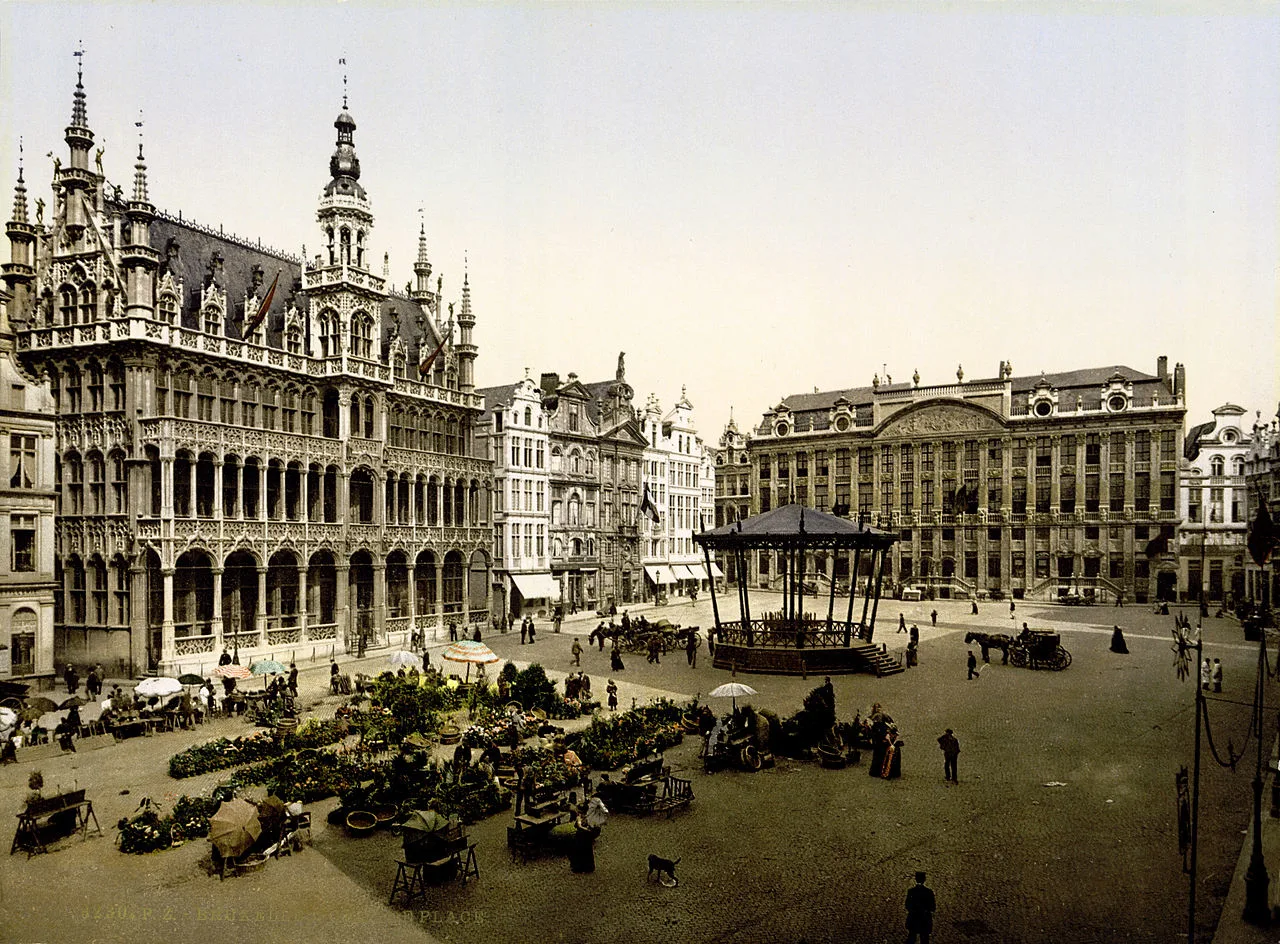
8. The square stopped being a marketplace in the late 1950s
One of the most interesting facts about the Grand Place in Brussels is that it never stopped serving as a marketplace throughout its history until the 20th century. It’s still called the “Grote Markt” in Dutch which literally means the “Big Marketplace.”
The last time a market was set up on the square was on November 19, 1959. By the 1990s, the entire area on and around the square had been turned into a pedestrian area, which is why you won’t see any cars passing by here!
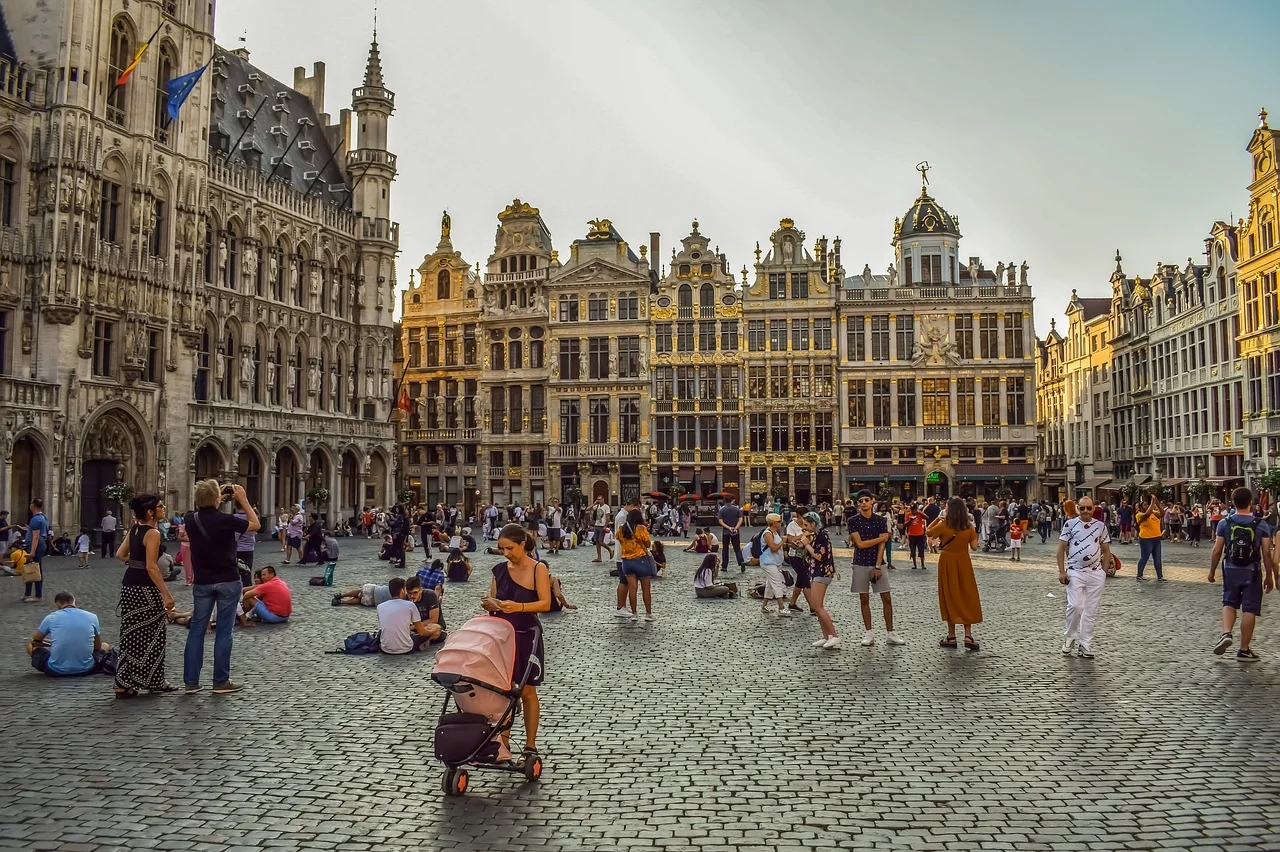
9. It’s considered to be one of the most beautiful squares in Europe
The square is often included in lists of the most beautiful squares in Europe, and even the world!
One Dutch website once conducted a survey and the square in Brussels came out as the most beautiful square in Europe according to their readers, beating amazing squares such as Place de la Concorde in Paris, the magnificent Saint Peter’s Square in Rome, and the Red Square in Moscow!
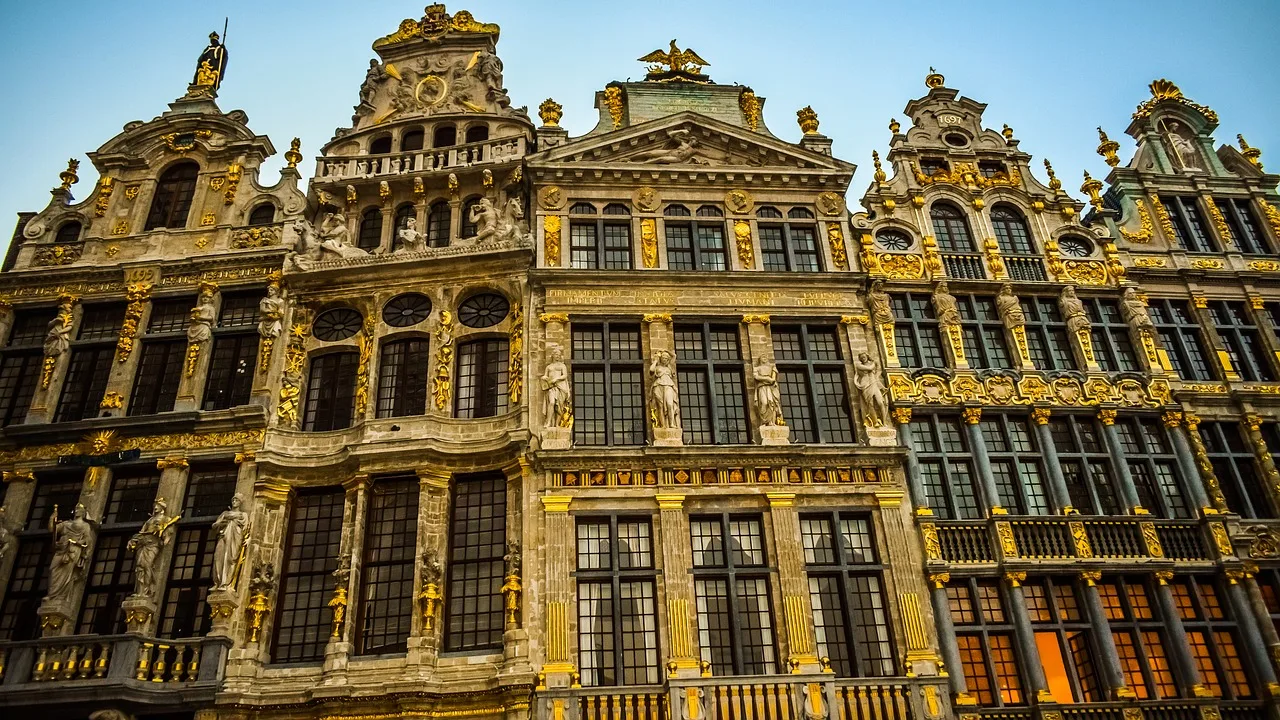
10. Every other year in August the square is decorated with flowers
Can the square become even more beautiful than it already is? That’s for sure!
Every two years in August, the 68 by 110 meters (223 by 361 feet) square is decorated with a carpet of flowers measuring 24 by 77 meters (79 by 253 feet)!
Nearly a million colorful begonias are placed on the square with a particular theme in mind, covering an area of 1,800 square meters (19,000 square feet). The result is absolutely astounding!

11. A large historical reenactment takes place on the square twice a year
The origin of a procession referred to as the “Ommegang” dates back to the year 1348 when a woman was able to steal and miraculously bring a statue of the Virgin Mary to Brussels by boat from Antwerp. The procession which carried this statue was conducted once a year from then on.
By the 16th century, this procession had evolved so much that it included the reenactment of the Joyous Entry of Holy Roman Emperor Charles V and his son Philip II in Brussels in 1549.
The tradition eventually died out in 1785 until it was revived again in 1930 as a celebration for the centenary of the Belgian Revolution of 1830.
Since then the Ommegang, which is held twice a year, has grown into one of the biggest historical reenactment parades in Europe, featuring over 1,400 extras who march through the streets wearing traditional costumes.
The event ends with a huge spectacle on the Grand Place and has been recognized as an “intangible cultural heritage” by UNESCO since 2019!

12. The Grand Place has been designated as a UNESCO site
The entire Grand Place in Brussels has been designated as a UNESCO World Heritage site as well since 1998.
It’s one of the most popular tourist attractions in the city and the architectural features of the buildings surrounding it really make you stand in awe, especially during the particular period in August when flowers decorate it!
